
Good orchestrators play a key role in organisations. They are great at taking responsibility, delivering consistently high standards and getting things done.
Such people start by make clear contracts with the key stakeholders about the desired outcomes to achieve. They do this when leading a project, implementing a strategy or doing another activity.
They then act as mission holders for delivering the goods. They are good at orchestrating things – such as people and resources – to achieve the desired outcomes. They may then add that touch of class to deliver outstanding results.
Such people must want to be orchestrators, of course, and be given the support to do the job. This is a vital because the role can be both rewarding and taxing. Let’s explore the steps such people often take to doing fine work.
They Make Clear Contracts
About The Outcomes To Achieve
Good orchestrators start by establishing clarity. Before embarking on doing a project, for example, they meet with the key stakeholders and focus on the following themes.
They clarify the specific outcomes to deliver and the things that will be happening that will show they have achieved the picture of success;
They clarify the specific guidelines to follow – the Dos and Don’ts – when working towards achieving the picture of success;
They clarify the specific things that can that done – such as getting the required support – to increase the chances of achieving the picture of success.
Good orchestrators make clear contracts with the stakeholders about these things. They then play back their understand of the agreements to make sure that everybody has the same picture. Let’s look at one example of how this works in action.
The CEO of a company asked Kate to lead a project that involved providing services in a new market. This was because the company aimed to build on its strengths and:
To continue to be successful in its present market … To be successful in a new emerging market … To build a prototype that demonstrated how it could be successful in this new market.
Kate was happy to build a successful prototype but there were challenges. The main one involved coordinating the strengths of several different departments that could help to deliver the goods.
Bearing these things in mind, Kate met with the CEO to set things up to succeed. This resulted in completing the following framework.
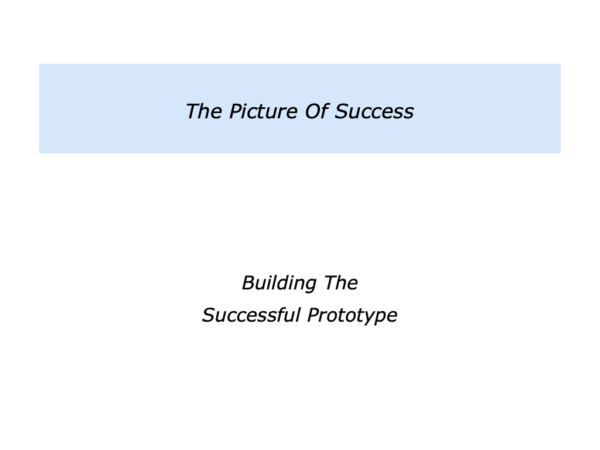
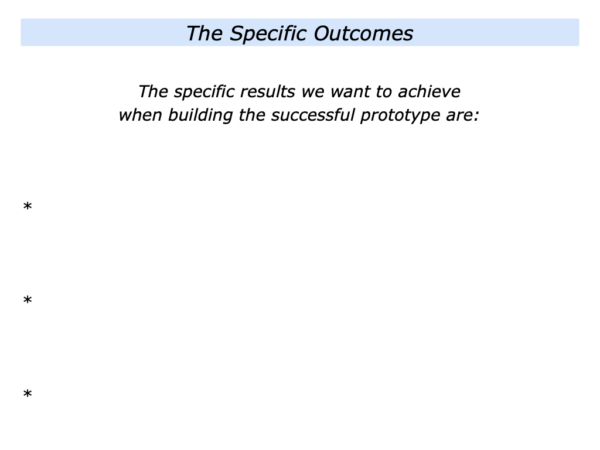
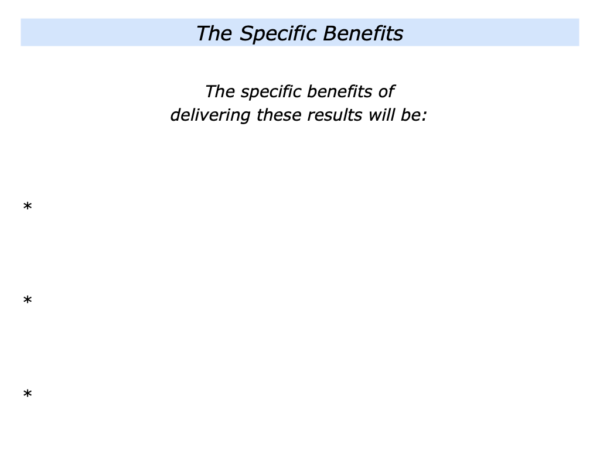
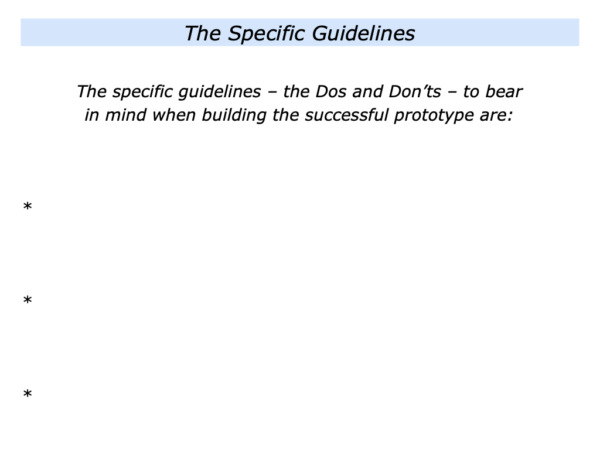
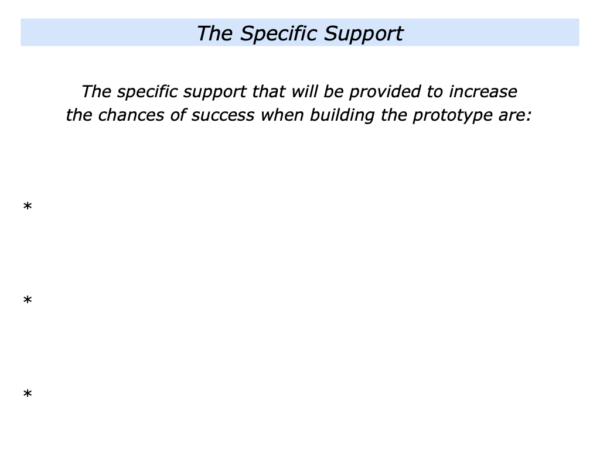
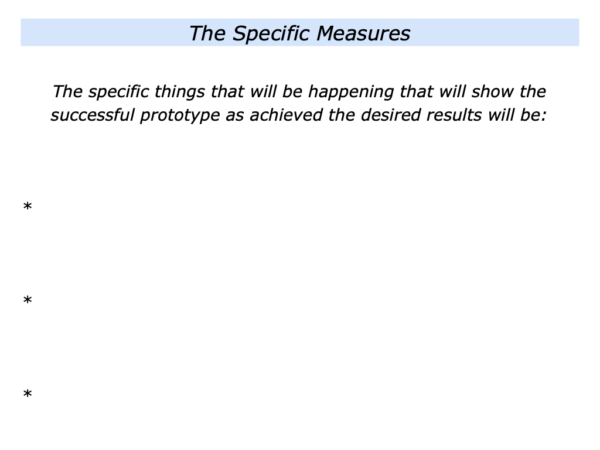
Kate and the CEO agreed on the outcomes to achieve and the guidelines to follow. They also made clear contracts about the required support and the measures to show they had achieved the picture of success.
The CEO then helped to set things up to succeed. They sent an email to the heads of departments and the other senior managers. This gave people the following messages.
Building A Successful Prototype
I want to give you a heads up about a project that some of you may be asked to contribute to in the next few months. This project can help us to shape a successful future.
We are doing well as a company at the moment but we also need to keep developing. We therefore aim to move into an emerging market. Bearing in mind our strengths, the first step will be:
To build a successful prototype that will provide great service to customers and help us to build a superb reputation in this market.
This will involve several departments working together to combine their strengths. The aim will be to build the prototype and delivers three customer success stories within the next six months.
I have asked Kate to lead this project and I would like you to support her in making it happen. We will then apply the lessons from the success stories to help us to shape a positive future.
Let me know if you have any questions. I look forward to hearing about the progress we are making towards building the prototype and delivering the success stories.
The CEO’s message set the scene and gave Kate the chance to deliver the goods. People could see the big picture and she did not have to spend time persuading them to cooperate.
Projects work best when there is clarity. People need to know about the goals to achieve, the guidelines to follow and the support to be given. This helps to set things up to succeed.
Good orchestrators start by aiming to establish such clarity. They are then ready to the next stage.
They Orchestrate Things To
Achieve The Desired Outcomes
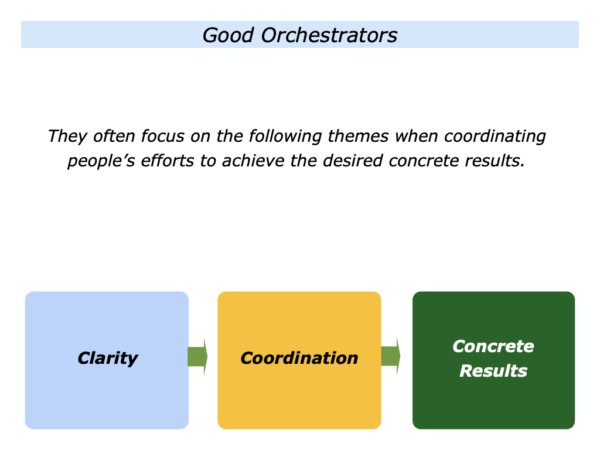
Good orchestrators make things work. They do this by coordinating the resources and people’s efforts to deliver consistently high standards and achieve the picture of success.
Different orchestrators will do this in different ways. Some start by exploring the following questions. They then translate these into action when aiming to deliver the project, strategy or other activity.
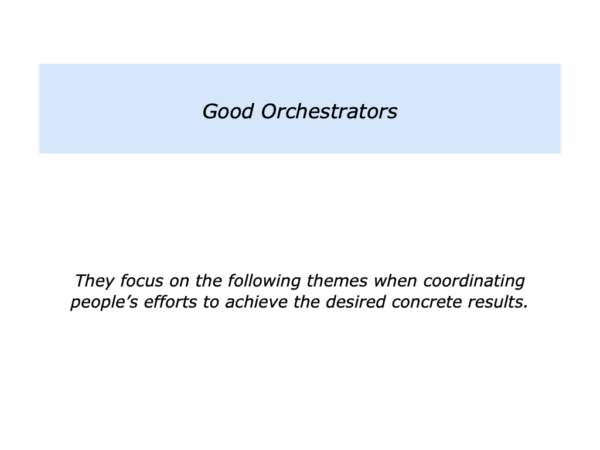
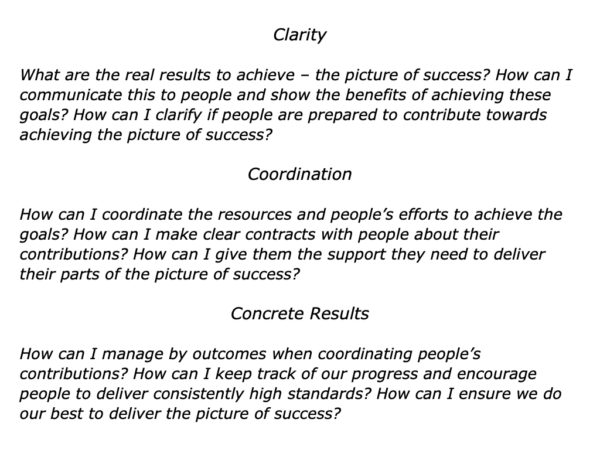
Kate took this approach when orchestrating people’s efforts to build the successful prototype. Because of the CEO’s messaging, she was able:
To keep communicating the big picture and coordinate people’s strengths to work with three customers in the new market;
To agree on clear goals with the customers, deliver consistently high standards and provide great service;
To stay in touch with the customers, focus on continuous improvement and help the customers to achieve success.
Kate continually met with her colleagues. Starting meetings by refocusing on the picture of success, she clarified how she could help them to deliver their agreed contributions. She then helped them to deliver their goods.
She also continually met with the customers. She clarified what her company was doing well and what could be improved. She then made sure that her company helped the customers to achieve success.
Different people follow these principles in different ways to deliver the desired outcomes. Some also move on to the next stage.
They Sometimes Add That Touch Of
Class To Deliver Outstanding Results
Good orchestrators sometimes go into other dimension to perform great work. They add that touch of class or do something special to delight people and deliver outstanding results.
Kate built a prototype that delivered success for three customers in the new market. She added something special by getting the marketing department to translate this work into success stories.
These stories highlighted: a) the positive work done by her colleagues and the customers; b) the principles that had been followed to deliver such work: c) the practical steps the company could take to follow these principles in the future. They followed this framework.
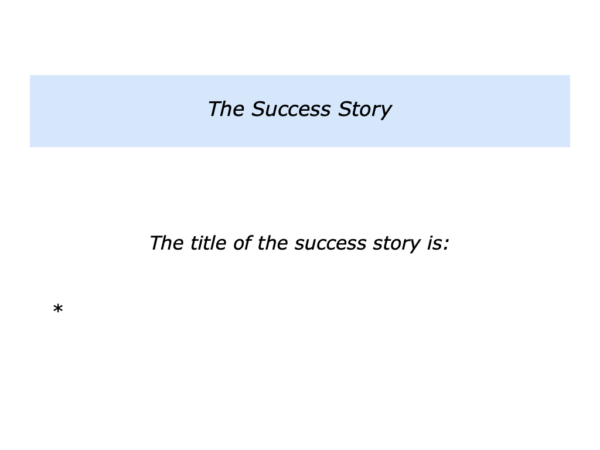
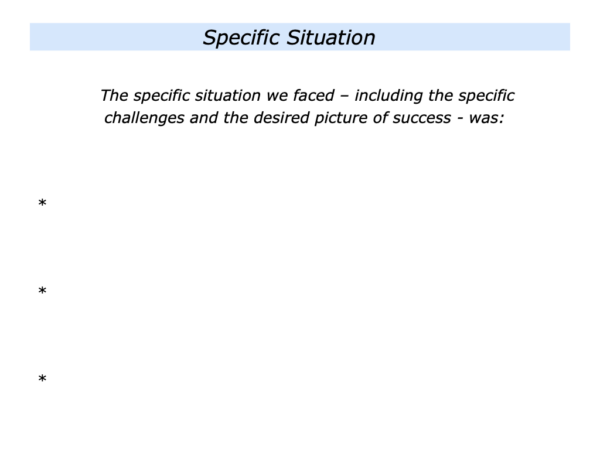
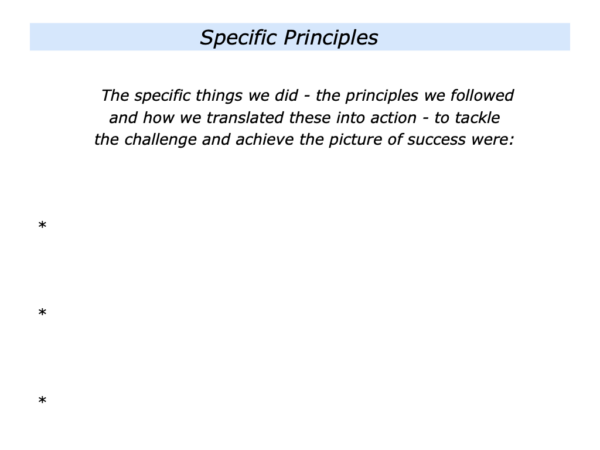
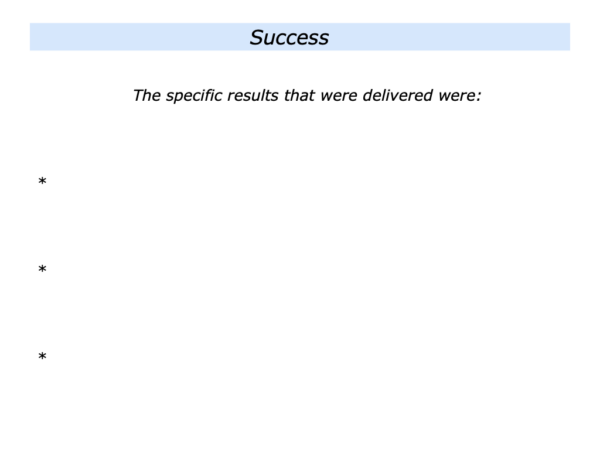
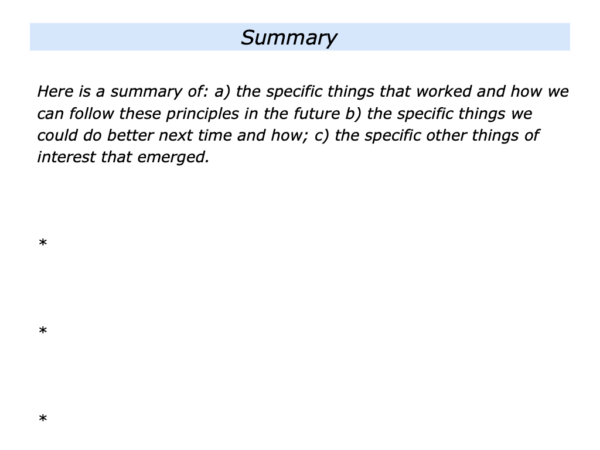
Good orchestrators get things done. They start by make clear contracts about the desired outcomes. They then orchestrate things to achieve the outcomes and deliver outstanding results.
Let’s return to your own life. Looking ahead, can you think of a situation where you may want to follow elements of this approach? You may aim to do this yourself or to work with somebody who can deliver the goods.
If you wish, try tackling the exercise on this theme. This invites you to complete the following sentences.
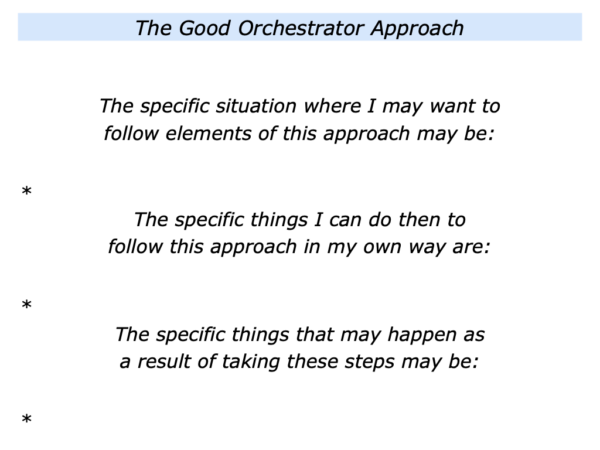






Leave a Reply